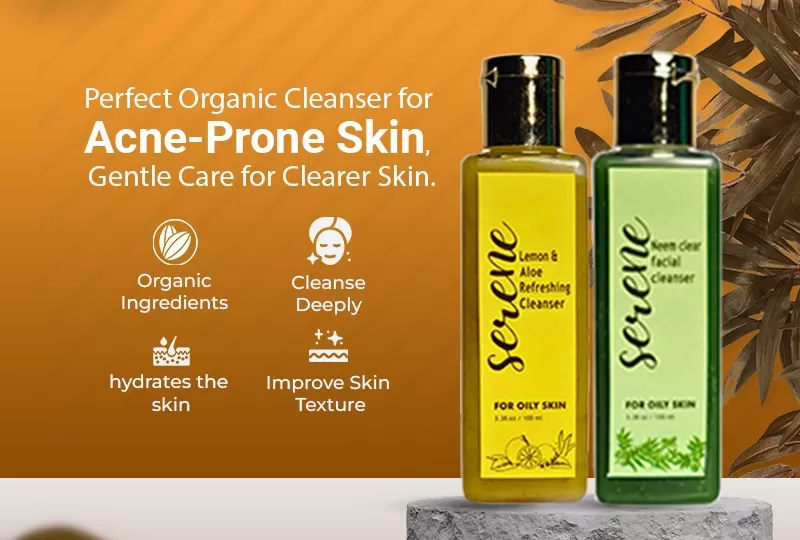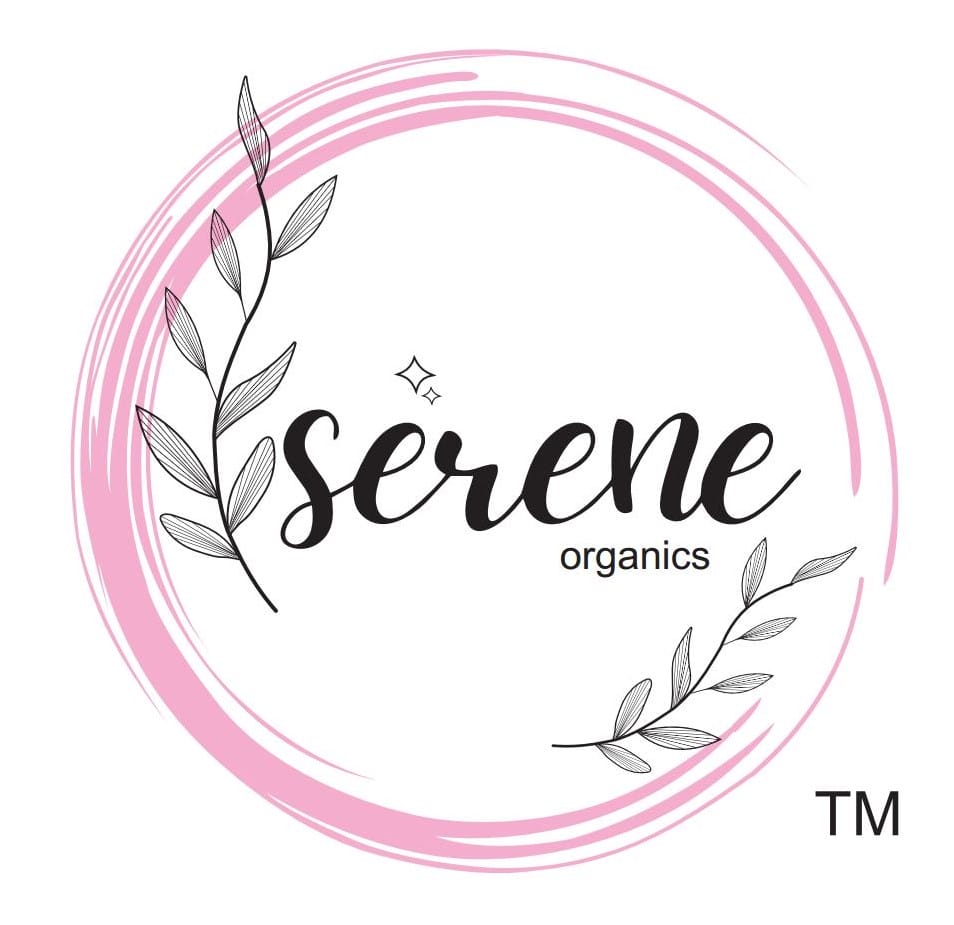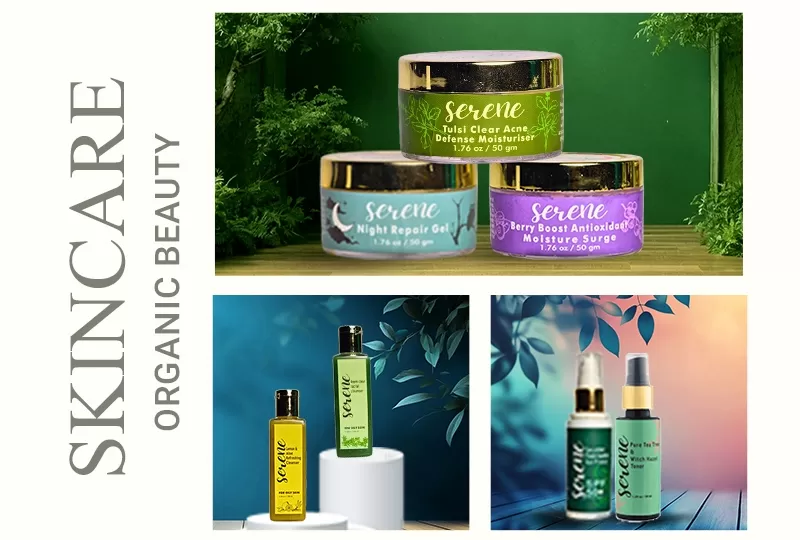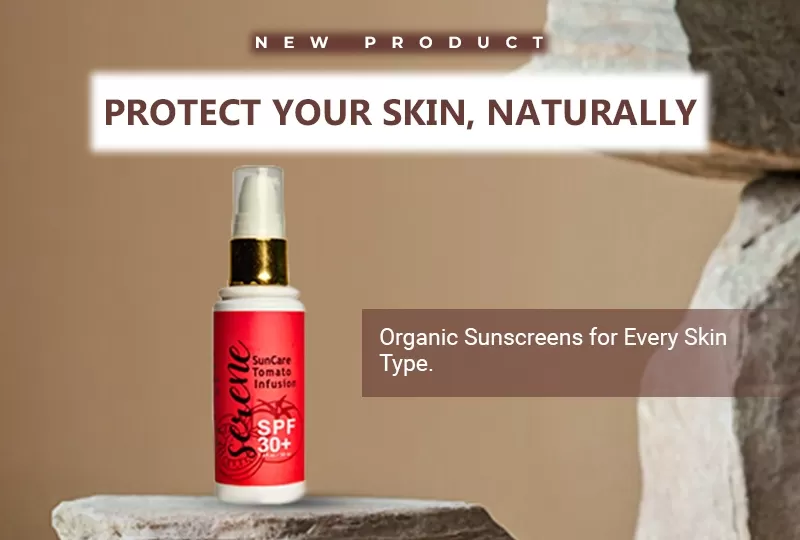
Anti Acne Treatment
What is acne?
Acne is a skin condition that occurs when your skin pores become blocked by oil and dead skin cells and manifest in the form of various blemishes, lesions, or red, tender bumps. This is a very common problem that most people experience in their lifetime. Although acne has no age limit, the problem is most common among teenagers because their sebaceous glands produce excess oil. Acne usually occurs on the bare parts of our skin, like the face, forehead, chest, upper back, and shoulders. Whiteheads, blackheads, papules, pimples, nodules, cystic lesions, etc. are symptoms of acne problems.
Causes of acne:
Sebaceous glands attached to each pore of the skin produce an oily substance called sebum, and excess sebum can plug the pore, causing Propionibacterium acnes or P. bacterial overgrowth known as acne. In short, acne starts when skin pores become clogged due to oil and dead skin cells. White blood cells from Propionibacterium attack acne, causing skin inflammation and acne. Some acne is more severe than others, but common symptoms include whiteheads, blackheads, and pimples.
Acne develops due to hormonal changes during puberty, pregnancy, or menstruation, overproduction of sebum by sebaceous glands, exposure to Propionibacterium acne (P. acne) bacteria, clogging of skin pores by dead skin cells and oil, and inflammation.
Types of acne:
More or less, we all suffer from acne problems, but except for some common acne problems, not everyone has the same acne symptoms or levels. According to the type, acne is divided into two main categories, namely, non-inflammatory acne and inflammatory acne. Both of these categories include subtypes of acne, namely: blackheads, whiteheads, papules, pustules, nodules, and cysts. Acne can be of one or more types, and in some cases, it can be severe enough to see a dermatologist. So first of all, you need to know the type of acne.
- Non-inflammatory acne:
Non-inflammatory acne includes blackheads and whiteheads. They usually do not cause swelling or inflammation. Notable among these are:
Blackheads (open comedones): When the upper part of the pore is blocked by a combination of sebum and dead skin cells, the characteristic black color appears on the surface of the skin when the rest of the pore is open. These are called blackheads (open comedones).
Whiteheads (closed comedones): Whiteheads and blackheads have the same cause, but unlike blackheads, whiteheads close the top of the pore and look like a small bump protruding from the skin.
- Inflammatory acne:
Red, swollen, and inflamed acne falls into this category. While sebum and dead skin cells contribute to inflammatory acne, bacteria can also play a role in inflammatory acne by clogging pores and causing infections deep within the skin, which are not easily cured and cause scarring. These types of acne are:
Papules: When the walls around the pores break down due to severe inflammation, papules are formed, which are tender to the touch, and the skin around these pores is usually pink.
Pustules: Although papules and pustules form for the same reason, pustules are pus-filled bumps that protrude from the skin. They are usually red in color and have a yellow or white head on top.
Nodules: Unlike pustules and papules, nodules are deeper under the skin. These are usually not treatable at home, as they require a doctor's consultation to clear them up.
Cyst: Cysts are the largest form of acne, and their formation is usually the result of a serious infection. Cysts develop when the mouths of hair follicles become clogged with a combination of bacteria, sebum, and dead skin cells. These large red or white bumps are painful, and clogs are deeper in the skin than nodules. This type of acne is also most likely to cause scarring. Dermatologists can remove cysts surgically.
Solution for acne:
Different people have different types of acne, and their effects and treatment methods are also different. So first of all, you have to know about your acne type before it is possible to correct it. However, by taking proper care of the skin regularly, it is possible to get better results from these problems. Proper application of CTM, i.e., cleansing, toning, and moisturizing, in a daily skin care routine helps prevent acne problems. Add products like Neem Clear Facial Cleanser, Glow Serum AHA-BHA-HA Complex, Tulsi Clear Acne Defense Moisturizer, etc. to your daily skin care routine to get rid of the primary problem of acne, which prevents your skin from producing excess sebum, helps to clear dead skin cells, and prevents acne breakouts by helping to unclog pores.
Additionally, a healthy diet plan is also very effective in reducing acne problems. A proper and balanced diet keeps our body healthy from inside which can control the overproduction of sebum, hormonal balance, digestive system and many more that causes acne. Our certified dietitian provides the best diet plan according to your body’s conditions.
Leave a reply
Your email
address
Comments
Recent Blog
 Sign in / Sign up
Sign in / Sign up




